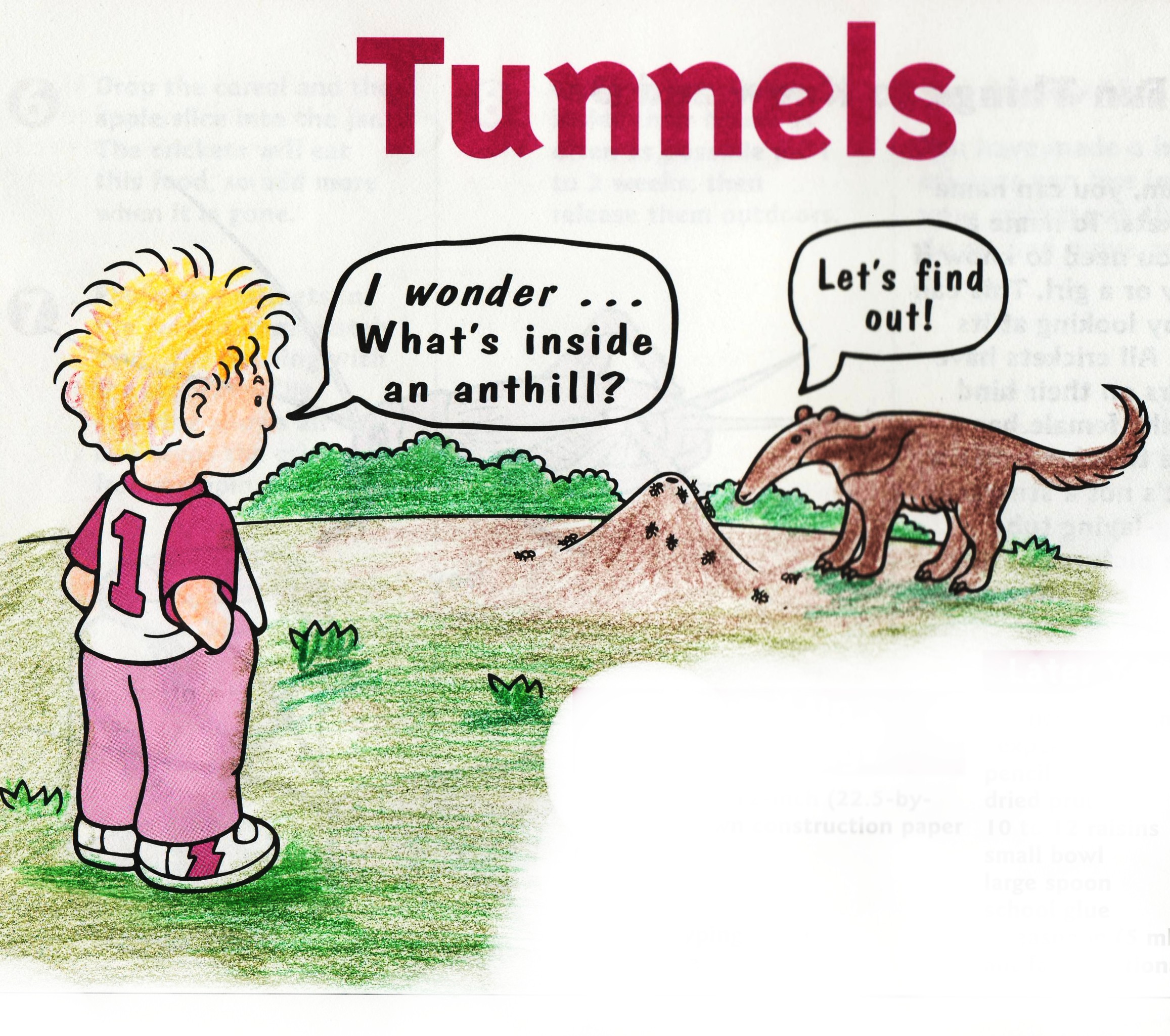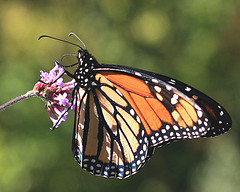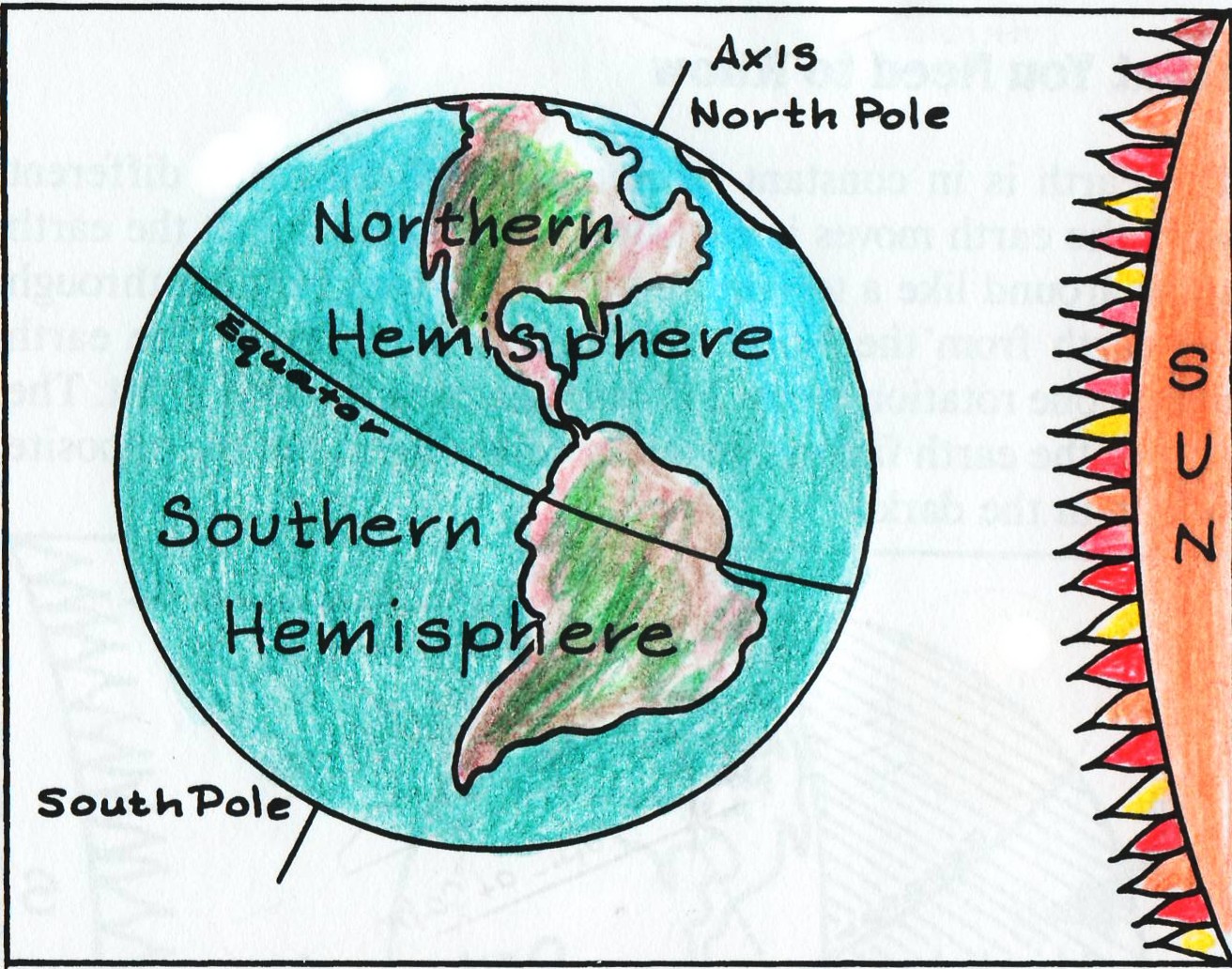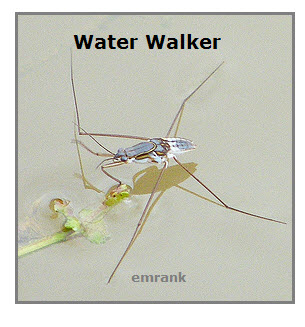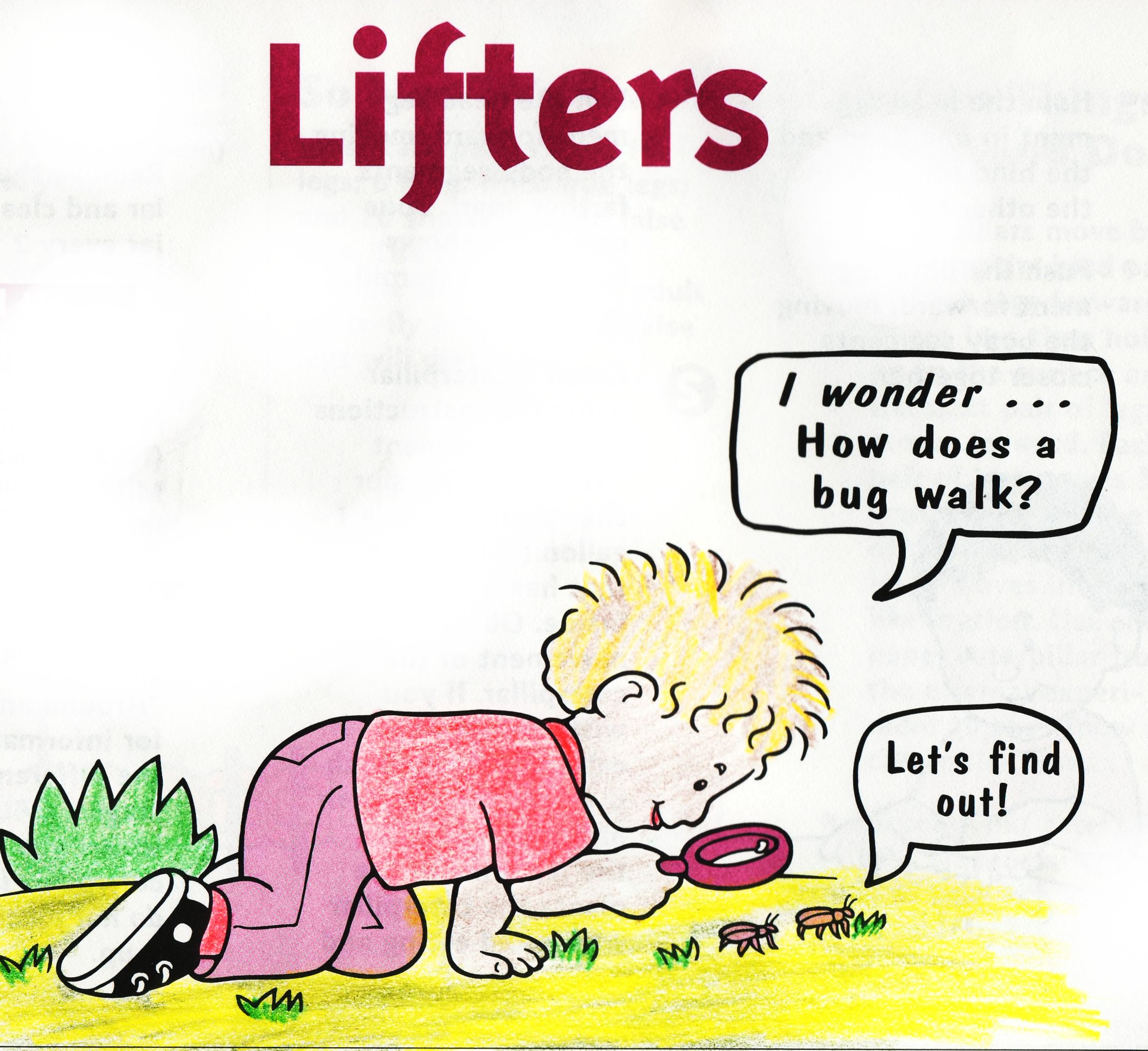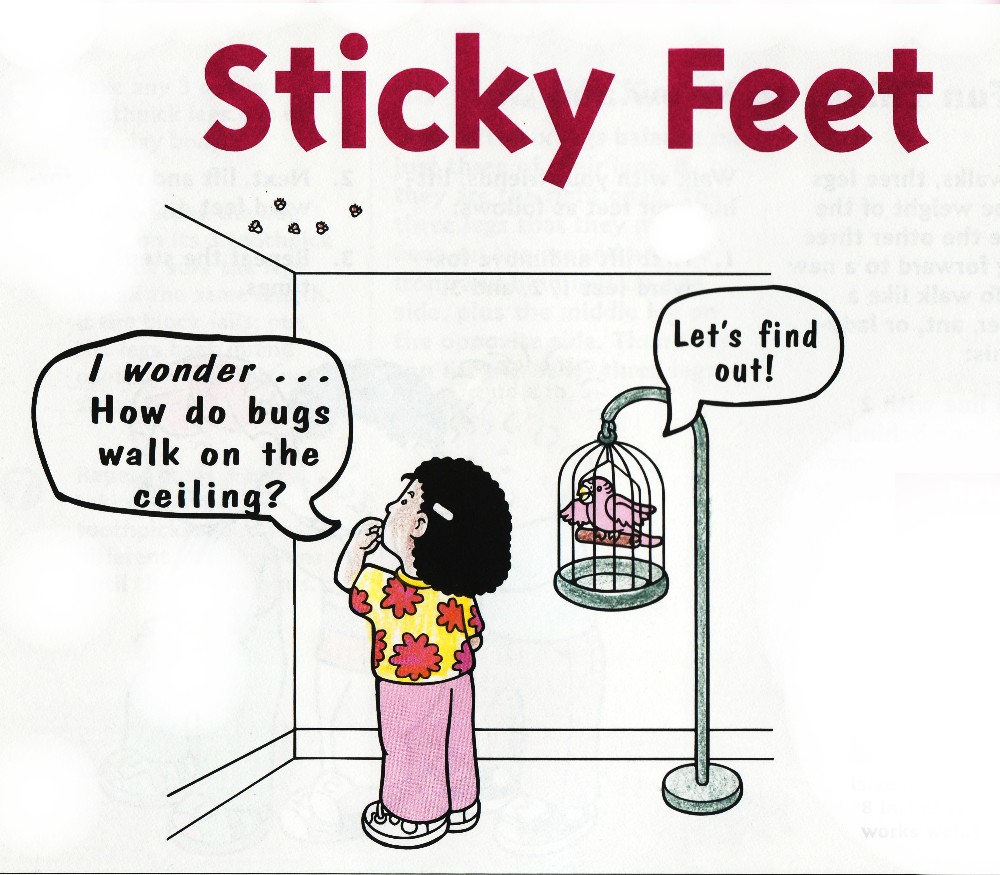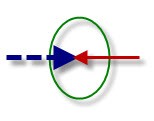In your house, you have rooms and connecting halls. Ants that live underground also have rooms called chambers and connecting halls called tunnels. As ants dig the tunnels and chambers, the dirt is carried up to the surface and dumped, creating anthills. You can make a model of how the chambers and tunnels of the […]
Necturing
Unlike caterpillars, adult butterflies do not have mouth parts that can cut and chew food. Instead, they exhibit a feeding behavior called necturing, which means to sip the nectar from flowers. Butterflies have a long feeding tube, called a proboscis. This tube remains coiled when not in use as shown in the photo (right). When […]
Longest Day
Summer solstice is the first day of summer each year and it occurs around June 21st in the Northern Hemisphere(December 21st in the Southern Hemisphere). The winter solstice is the first day of winter and occurs around December 21 in the Northern Hemisphere. (June 21 in the Southern Hemisphere). Starting at winter solstice to summer […]
Summer Solstice: Longest Day
Question: When is the longest day of daylight each year in the Northern Hemisphere? Facts: 1. The axis of the Earth (imaginary line running through Earth from top to bottom) is tilted in relation to the Sun. 2. The Earth is divided into sections by latitude lines, which circle Earth from east to west. 3. […]
Insect Craft
A fun insect craft created by science author Janice VanCleave.
How Insects Walk
Lifters: I Wonder…How Does a Bug Walk? As a bug walks, three legs support the weight of the body while the other three legs swing forward to a new position. To walk like a grasshopper, ant, or ladybug try this:ig. With two friends, you can model how insects walk. Discover for Yourself * Adult step […]
Attractive Molecules
Water molecules attract each other. This is why a moist sponge will absorb more water than will a dry sponge. The feet of flies are moist and when they touch a surface, such as a ceiling, some of this moisture sticks to the surface. Now the moisture on the ceiling attracts the moisture on the […]
Types of Green Roofs
There are two basic types of living green roofs, intensive and extensive. The primary difference between these types is soil depth. Intensive green roofs or more park-like and require a soil depth from 6 to 24 inches. This type of roof has a weight load of 80 to 150 pounds. per square foot. An intensive […]
Density
You can easily describe and/or calculate the density of substances if you understand that density is nothing more than a ratio comparing two quantities. The things being counted may vary but all densities are ratios that compare the quantity of a substance in a specific volume (or area). Densities can be demonstrated using paperclips and […]
Insects: Molting
Insects, including grasshoppers, have an outer covering on their bodies called an exoskeleton. This covering protects their soft bodies, gives it support, and shape. A newly formed grasshopper eats and its body grows larger. But the exoskeleton never changes size. When the exoskeleton gets too tight, it splits and the grasshopper wiggles out. The grasshopper […]
- « Previous Page
- 1
- …
- 89
- 90
- 91
- 92
- 93
- …
- 96
- Next Page »
